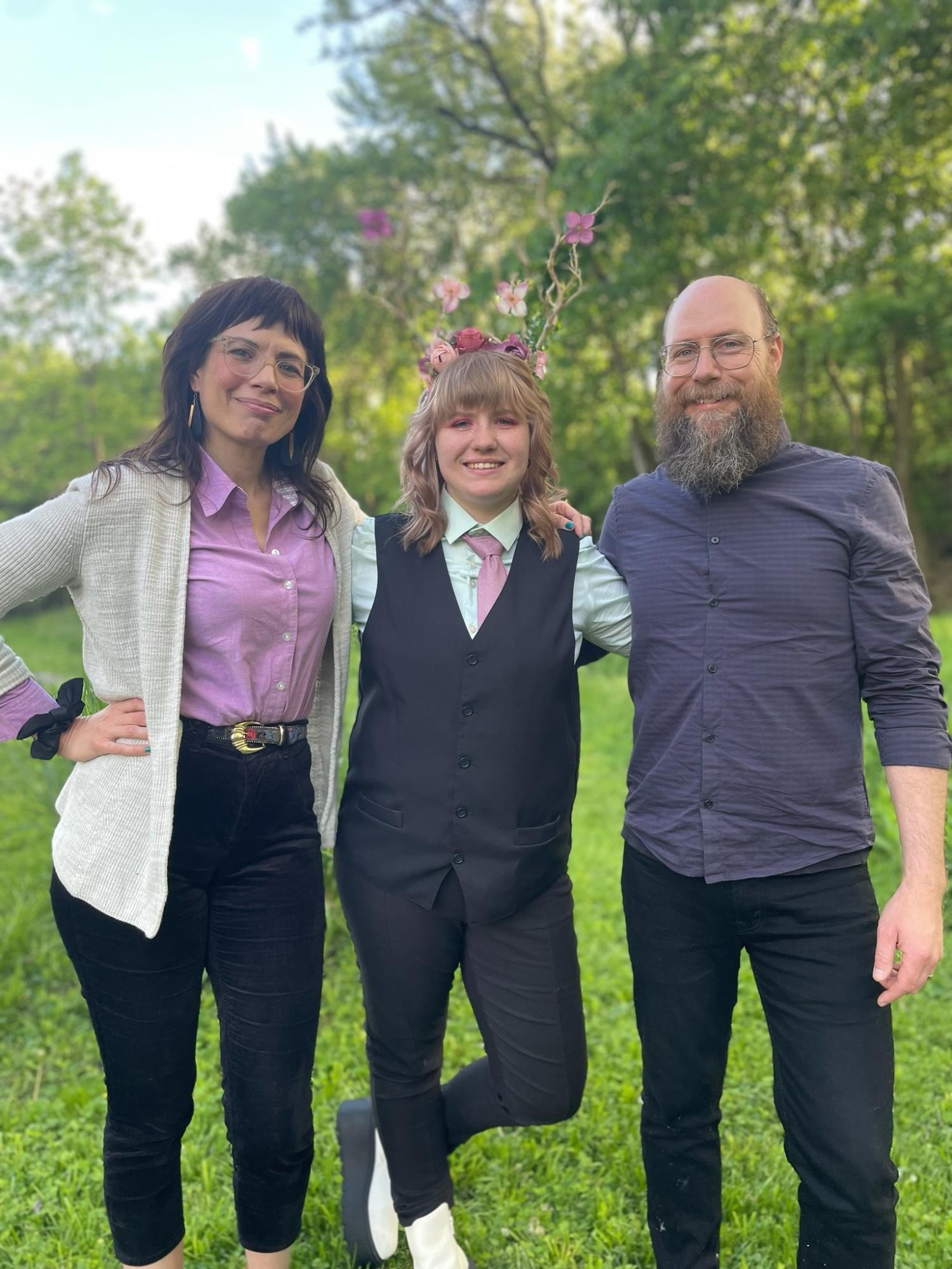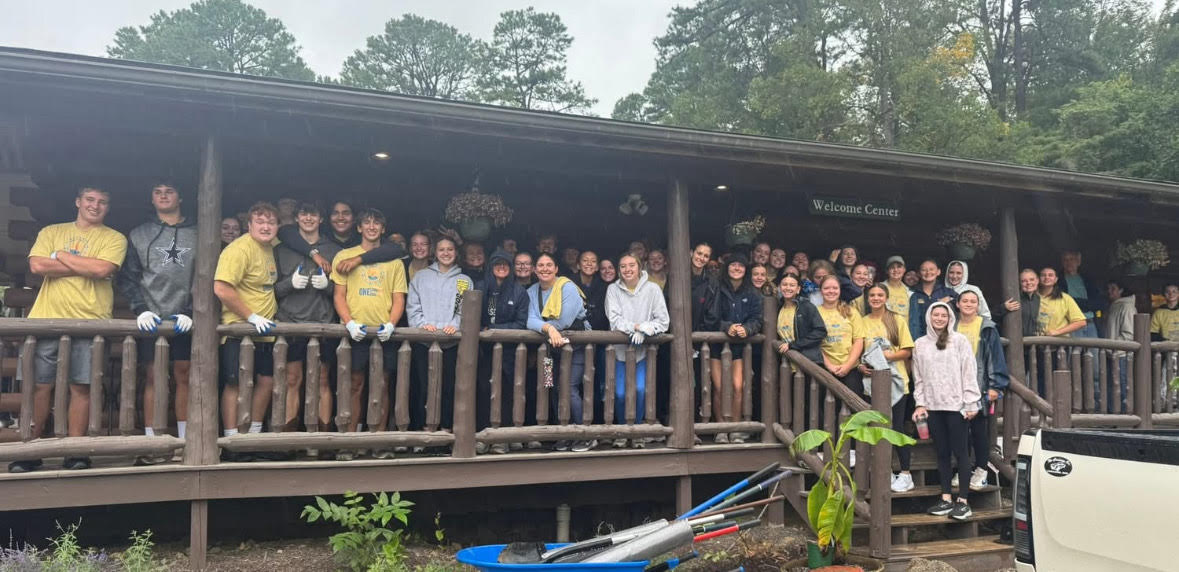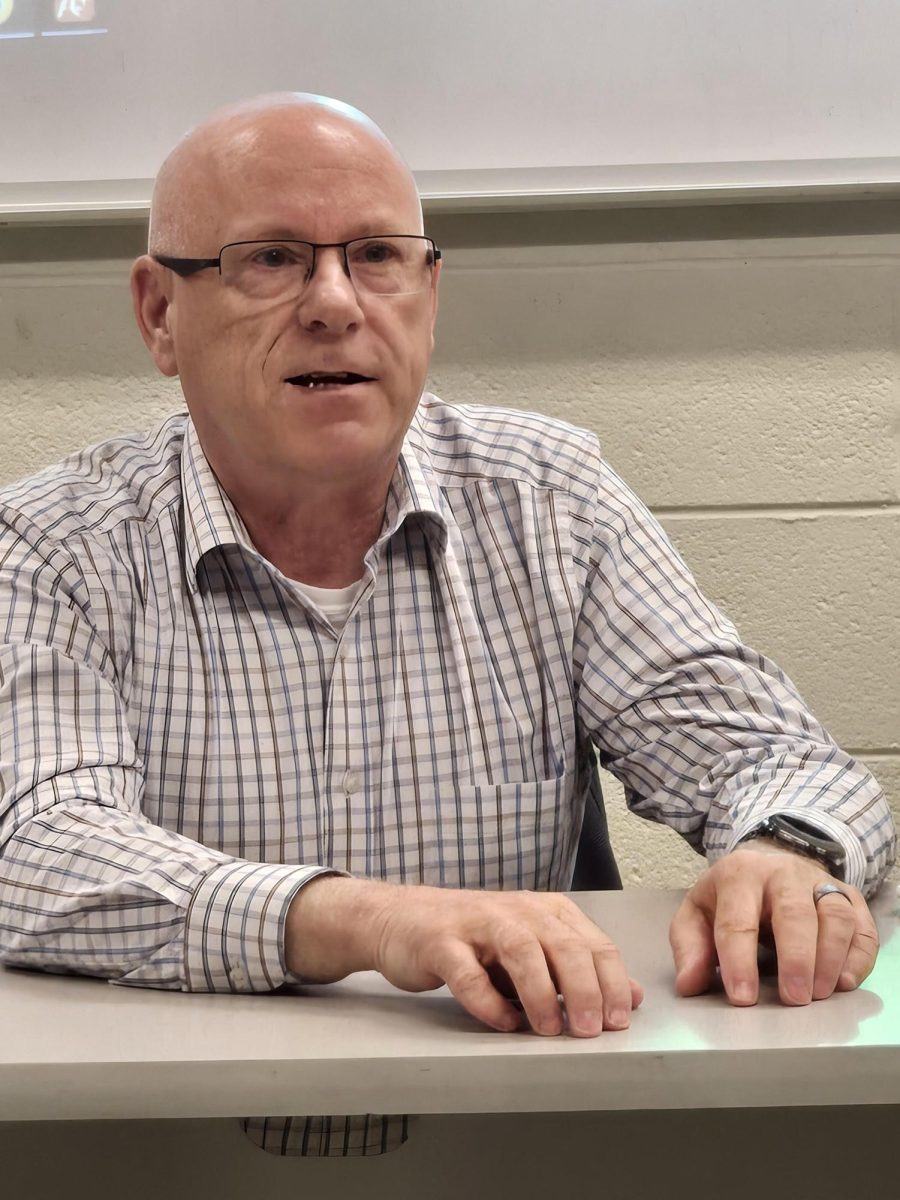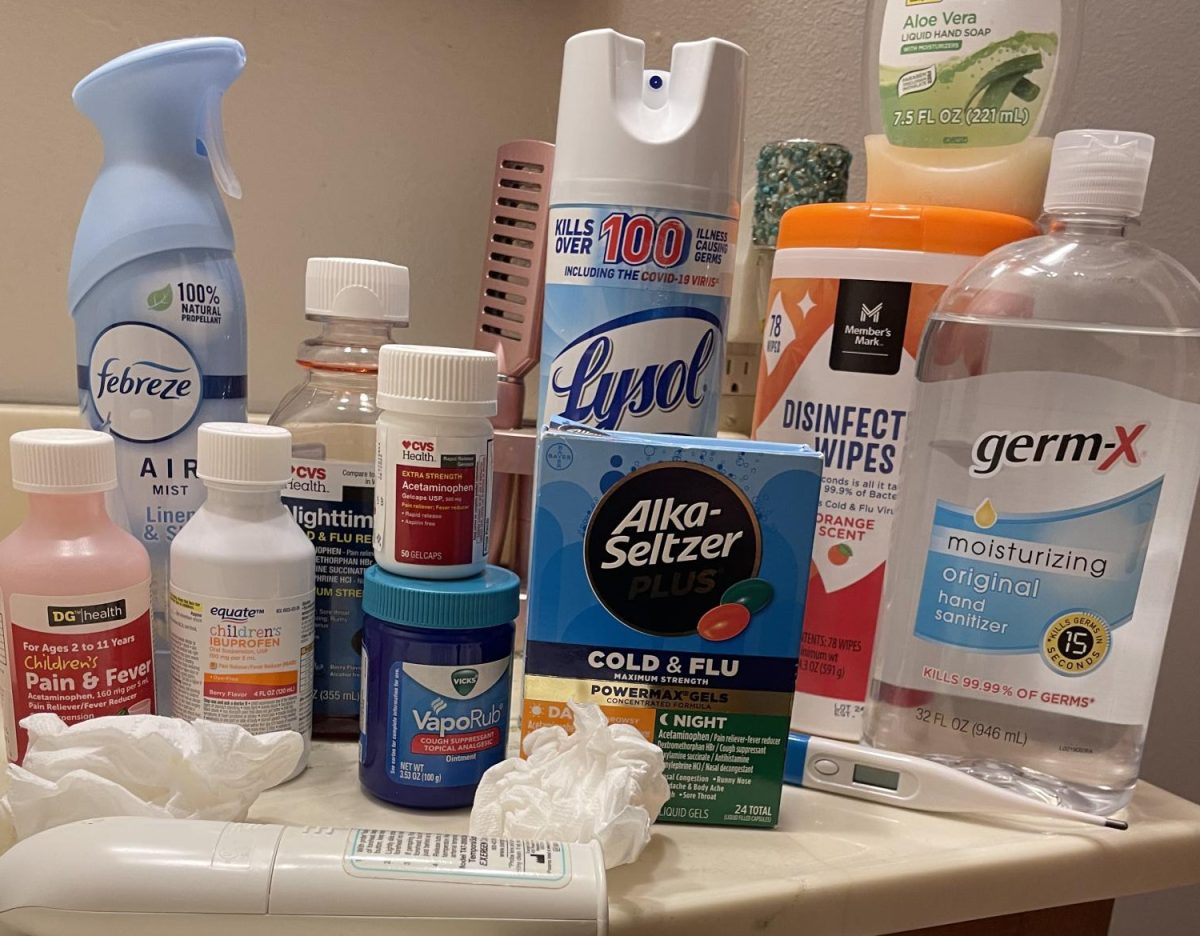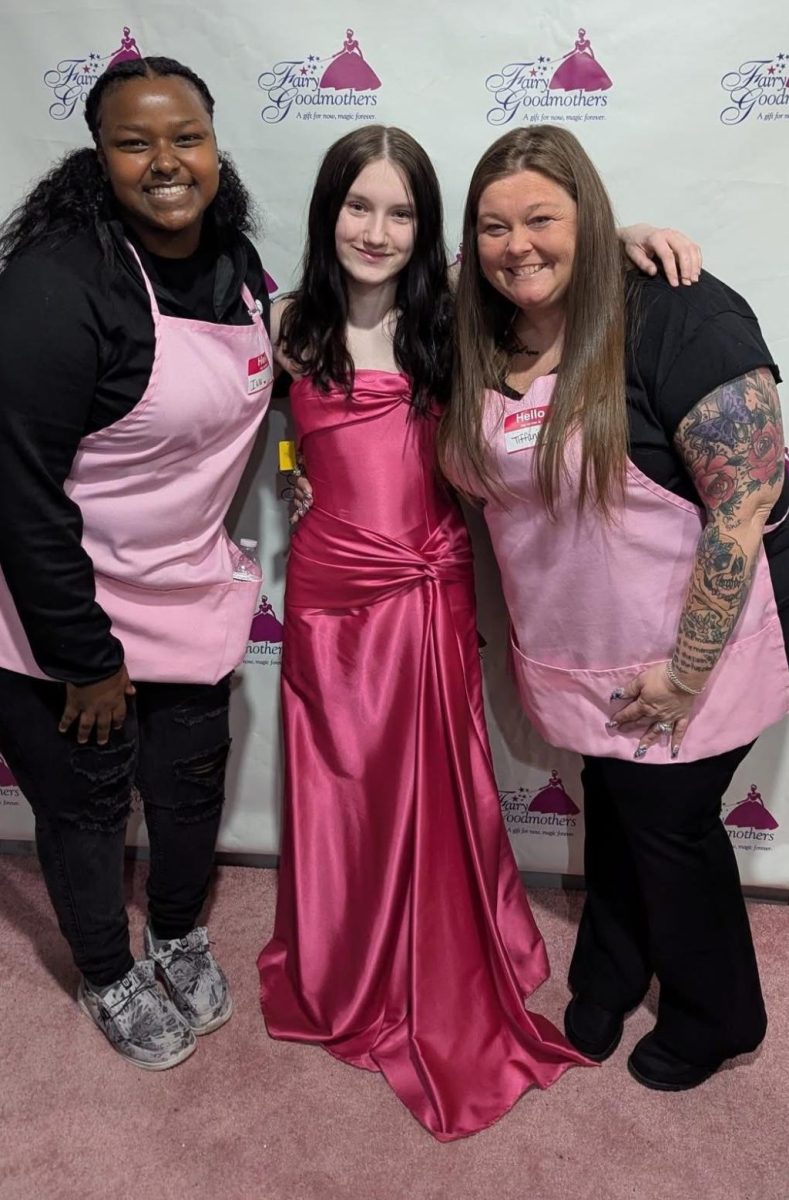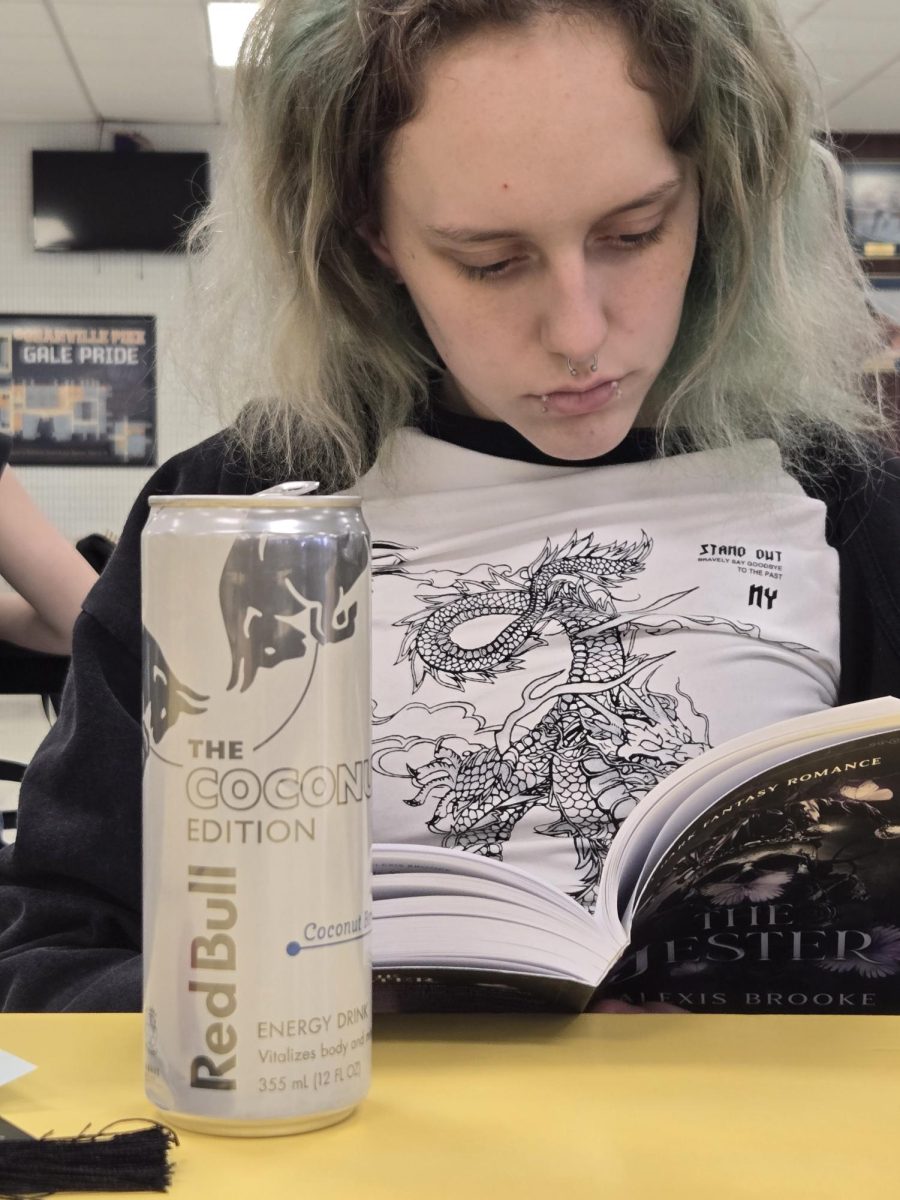It’s more than just providing a roof over their heads. It’s about caring and sharing a home with children who need a safe, loving environment. According to the American Society for the Positive Care of Children, more than 437,000 children and youth in the United States are in foster care, and roughly 118,000 children are waiting to be adopted (“Get the Facts: Foster Care & Adoption”).
Lancaster High School history teacher Austin Baxter is a foster parent. He and his wife, Maggie, celebrated five years of fostering a number of children just this past March. He reminisced about their first foster child, who came into their care during the onset of COVID.

“We got our first foster youth on March 14, 2020, on the day after lockdown, when they shut down all the schools. She was a teenager, and she was with us for about five weeks,” he said.
“She went home, and then we got a five-year-old girl, Polly, a refugee. She came and lived with us for about a year and then went home. She ended up coming back to us in 2022 with her older sister; her parents passed away,” said Baxter.
For most children, there’s no place like home, and children thrive when they can live safely with their families in their communities. But for many kids, that isn’t possible. The Child Welfare Information Gateway reports that when home environments are not safe, children are either placed in temporary foster care with their extended family or with nonrelative caregivers.
Rylie Wilson grew up in the system. The Baxters took Wilson into their home for a period of time while she was in foster care. She said that all foster care kids experience a wide variety of emotions.
“Living with new people that you don’t know, not knowing how to express your feelings, and who to express them to,” said Wilson.
Wilson advocated for what makes a good foster parent stand out.
“A great foster parent is someone who listens and is an advocate for the foster child or children in their home. The most important thing is giving children the best stable life they can provide for the child,” she said.
Many foster kids feel anxious when placed in a new foster home. The article, “Launching Success in the Middle School Years: Family Learning Pack for School Workshops” states that “children can feel severe personal loss when separated from their families. They have lost the most important people in their lives—their parents, brothers, and sisters. They have lost their familiar pattern of living. They have lost their homes and the places that make up their own worlds” (Ohio’s Statewide Family Engagement Center). Wilson elaborated on what she thought made the Baxters such wonderful foster parents.
“What made them great foster parents was that they made me feel welcome as soon as I came into their house.
They made sure I was comfortable being put in a new home. They were great people to talk with. I felt that they listened and gave great advice that made me feel, in a way, wanted, which was a problem having been in two foster homes previously,” said Wilson.
“They have become my second family. In my eyes, they are the closest thing to a normal family that I’ve had besides my biological sisters, who were also there through my experiences,” she said.
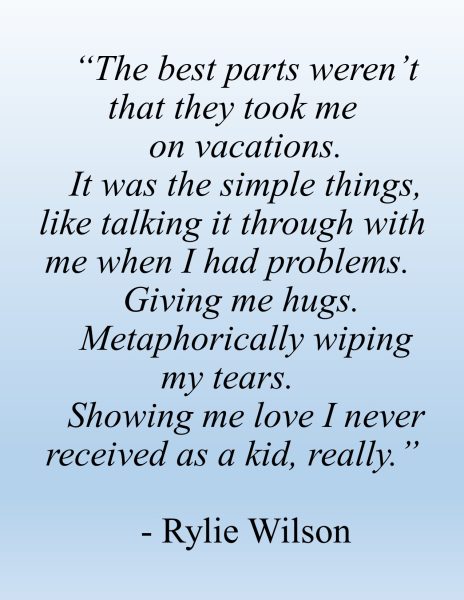
Like Wilson, this writer has also experienced foster care. It was important to me to share my experiences in this article because I can relate to what Wilson has gone through.
For me, foster care was a struggle of emotions. I never knew how to positively express my emotions because I was never taught how to. I was raised in an environment where if I even cried, my parents would give me a reason to cry about. When placed in my first foster family, I struggled mentally and acted out any chance I could. I felt alone and had none of my friends or family to rely on. Foster care has its benefits, but mentally it leaves the children being placed in a roller coaster of emotions.
When interviewing Baxter about taking in foster care kids, he and I agreed on some of the challenges of the foster care system.
“The need is great; kids are the most vulnerable in this society, and [sometimes society] does not respect that kids are teenagers. They are vulnerable to being sex trafficked, homeless, and suicidal. And maybe that kid needs a lot of work and attention and ends up in a residential [care],” explained Baxter.
At the same time, there are many rewards to fostering a child.
“The highlights are helping someone after a bad situation and getting to know them and getting to help them through life. We have had a few kids age out, and it was exciting getting to help them pack and do all the getting ready stuff when they turn 18 and have 18th birthday parties. The holidays are more fun with more people. Christmas is a lot more fun when you have a bunch of kids. I think holidays are a lot of fun with fostered youth,” said Baxter.
Wilson said that she is appreciative of the Baxters because they fulfilled emotional needs when she was growing up in their home.
“The best parts weren’t that they took me on vacations; it was the simple things like talking it through with me when I had problems. Giving me hugs. Metaphorically wiping my tears. Showing me love I never received as a kid, really,” she said.
I, too, am grateful for the times my foster mom would talk with me about my feelings. Although it wasn’t always easy to talk about things, she at least attempted to help me work through problems and issues I was going through and made sure I did not feel alone. For those interested in becoming a foster parent, research sources online and reach out to the many state and local agencies on how to get the process started.


